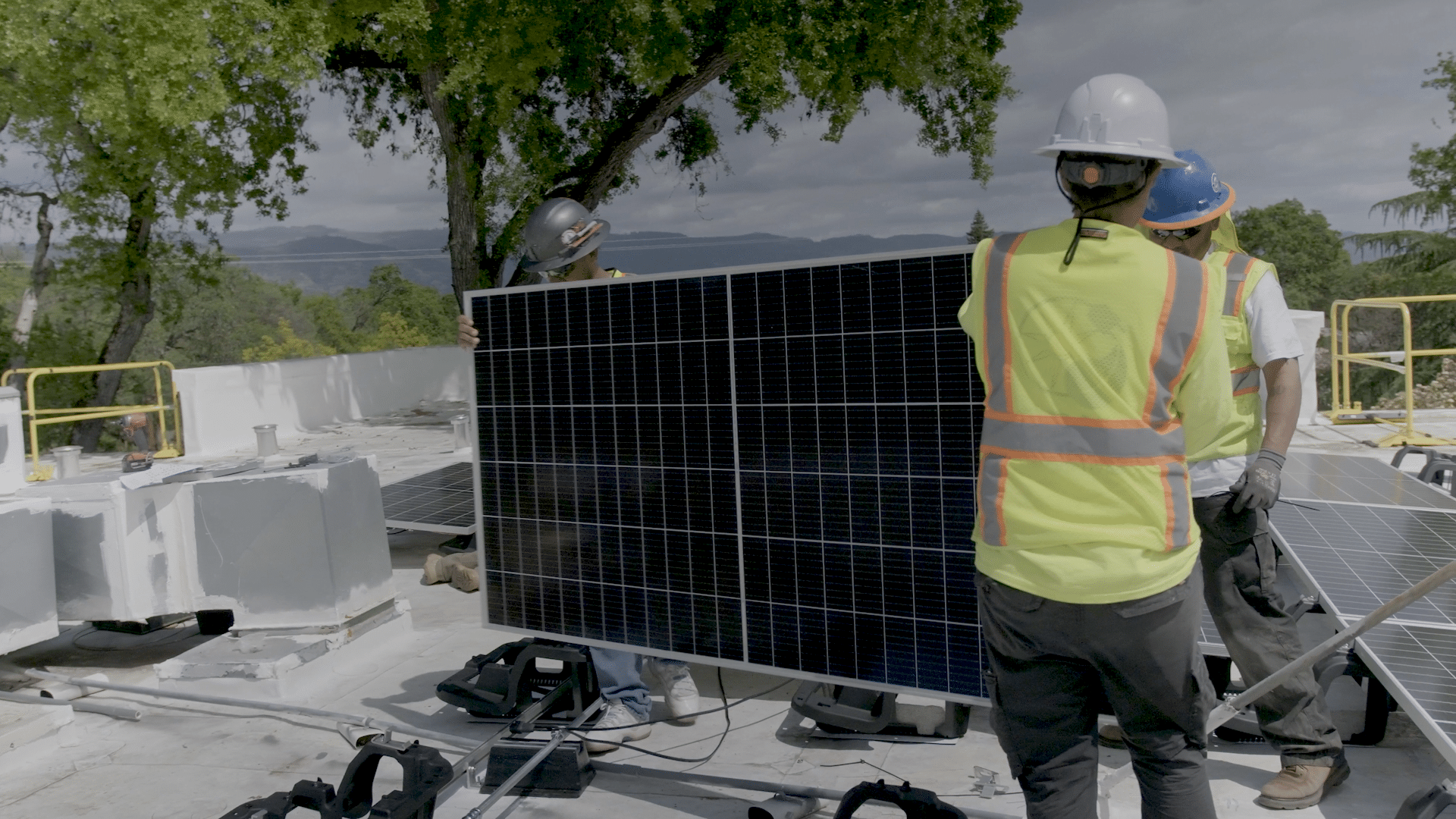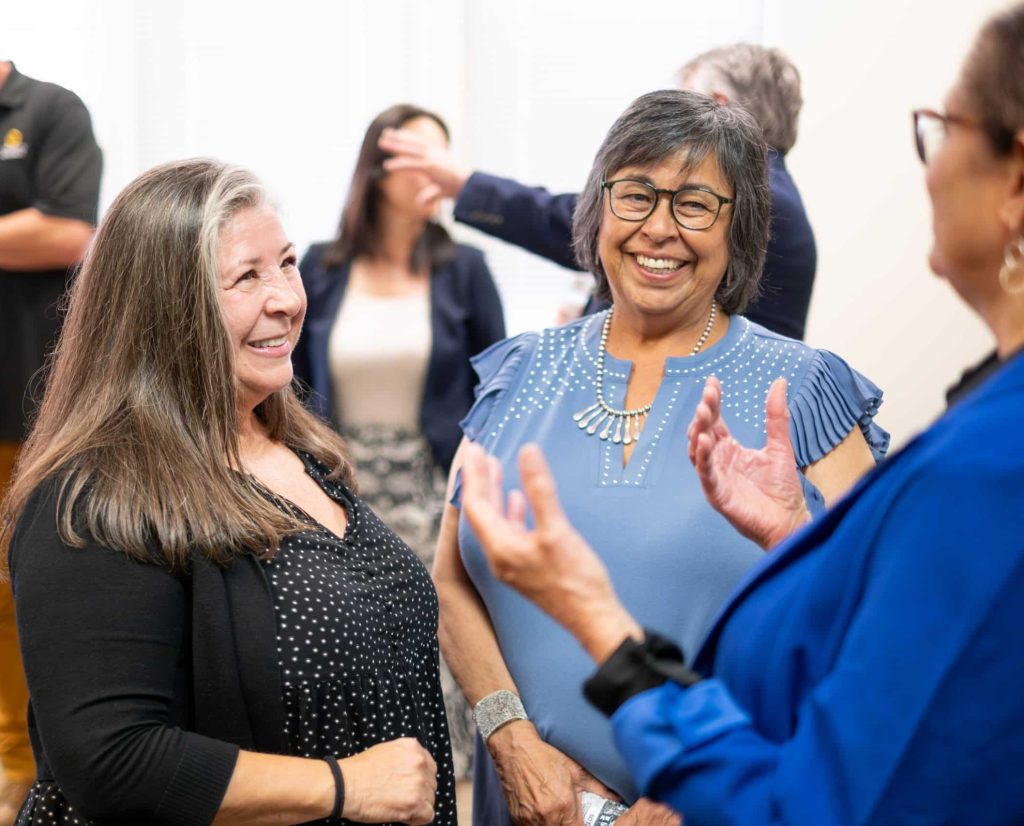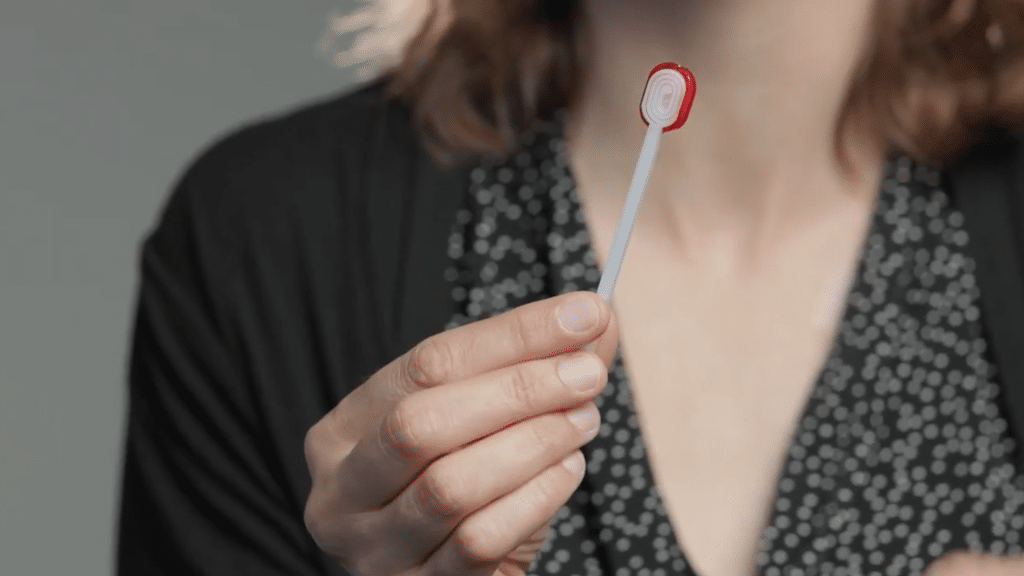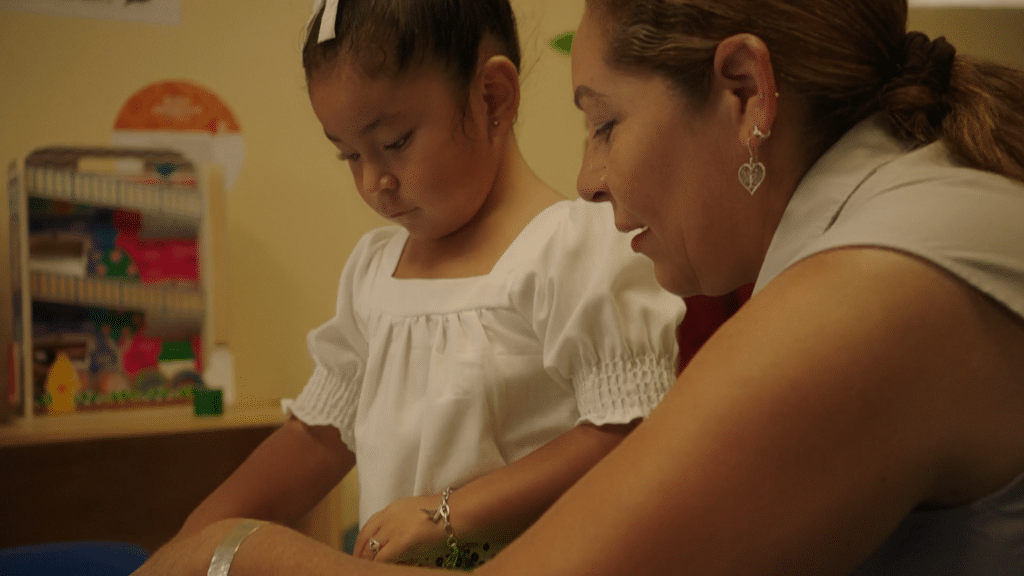When a health clinic loses power, medical equipment cannot be used, refrigerated medicines and vaccines spoil, and medical records cannot be accessed. For clinics that face heat waves, unstable power grids, or natural disasters, the ability to maintain power can be the difference between being able to help patients and having to shut down.
As a disaster responder in places like Haiti and Puerto Rico during the aftermath of earthquakes and hurricanes, Andrew MacCalla has seen how maintaining power is so critical for clinics in emergencies. To address this problem, in 2021, he founded Collective Energy to provide health centers with solar-plus-storage systems (solar panels with batteries), to ensure not only uninterrupted power but also lower energy costs and smaller carbon footprints.
"Not only does solar plus storage enable health care during natural disasters and planned outages, but it also reduces our reliance on the grid and removes the need for fossil fuel generators, which often fail and require constant fuel that can be hard to source in times of disaster."
Andrew MacCalla, Founder and CEO of Collective Energy
Across the U.S., more than 15,000 nonprofit health center sites serve over 31.5 million people, most of whom are low-income. Though about a third of these clinics are in places vulnerable to climate-related outages, unlike hospitals, 70 percent have no backup power, and the rest rely on fossil-fuel generators. As extreme weather grows more intense and frequent, clinics need resilient energy to keep their doors open.
By combining renewable generation with battery backup, clinics can ride through outages lasting hours or days.
Solar arrays lower electricity bills, freeing resources for patient services.

These projects support workforce development, creating local solar installation and maintenance jobs, and clean power also lowers the carbon footprint of the clinic helping to reduce the effects of greenhouse gas emissions on climate change.
In Northern California, Collective Energy is equipping three La Clínica de La Raza health centers with rooftop solar power.
“We regularly have power outages at our clinic in Concord. In the past, when they have happened, we have had to close down the clinics. So, it means a lot for our organization, the community, and for patients that we are now able to remain open because of this investment we have made.”
Jane Garcia, CEO of La Clínica de La Raza
In the Fruitvale Village location for La Clínica, the solar panel system has lowered energy costs by 41 percent in the first year, equivalent in carbon emissions to saving 1 million car miles driven every year or planting a thousand trees a year. With no initial startup cost nor follow-on maintenance required of the clinic, Collective Energy and its partners implement solar projects, using a combination of philanthropic and public financing and investment tax credits. Once a solar project is working, clinics have the option to lease or buy the completed projects.

The Packard Foundation provided a $4 million mission investment (a low-interest loan) to Collective Energy to install solar plus storage systems for community health centers. These systems will help reduce carbon emissions, cut costs, and create climate resilience.
This investment is aligned with the Foundation’s support for Invest in our Future, a collaboration the Foundation has supported with $26 million (including funds for the CHARGE Partnership, led by Collective Energy, the National Association of Community Health Centers, and Capital Link) to help underserved health clinics access federal clean-energy grants and financing over the next decade.
More than 100 solar-plus-storage projects like La Clínica’s are currently in development with a target of completing 125 microgrids in rural Southeast communities. The investment has equipped several Planned Parenthood clinics with solar power, with more projects coming up soon. In addition, the Foundation provided a $250,000 grant for Collective Energy to expand its reach in Fresno, California.
In support for thriving communities and a healthy natural world, the Packard Foundation is invested in climate resilience as well as mitigation, investing more than $1.1 billion in reducing greenhouse-gas emissions while also championing community resilience projects and partnerships to respond to the impacts of climate change. These grants also help communities access landmark federal funding to fortify infrastructure and strengthen economic systems.
Power is essential for the health and safety of communities. Fortifying health clinics with solar power helps lay the foundation for healthier communities who are more resilient to the impacts of climate change.





